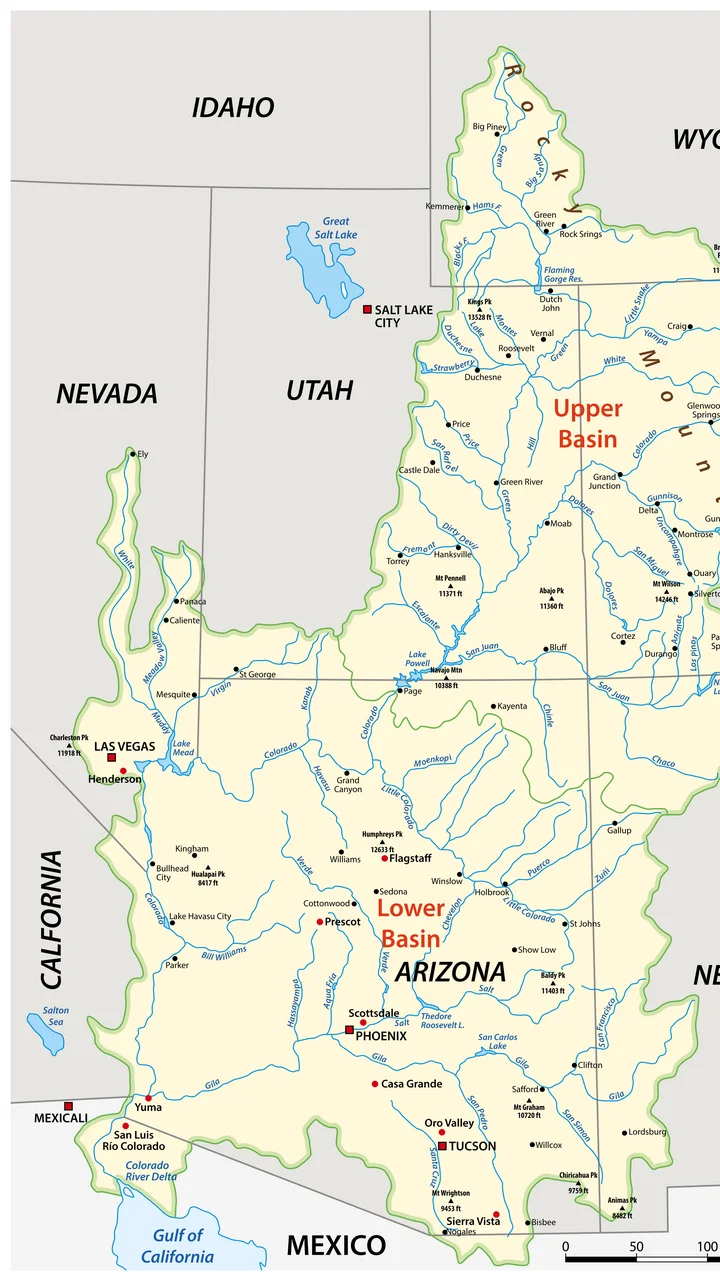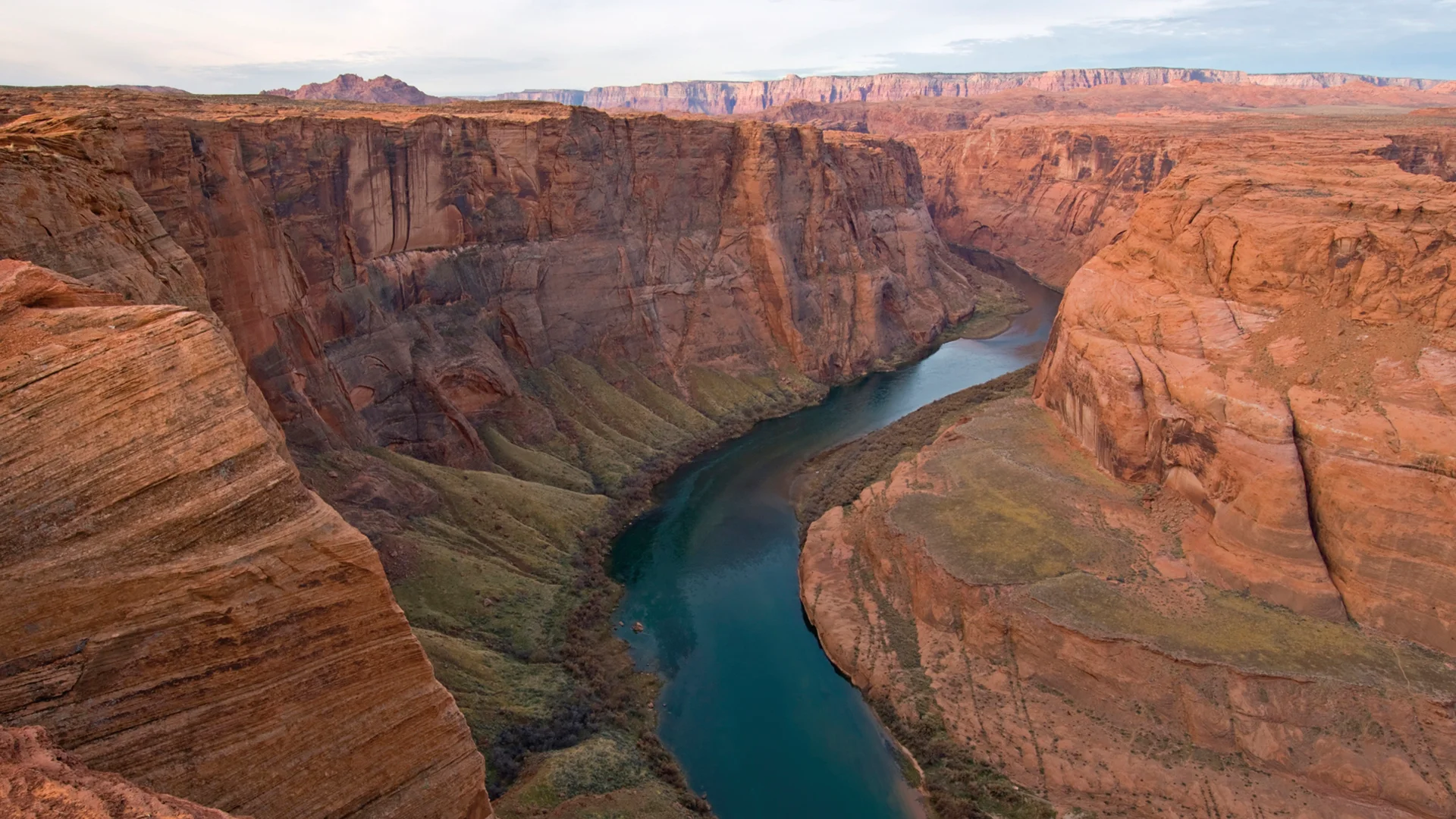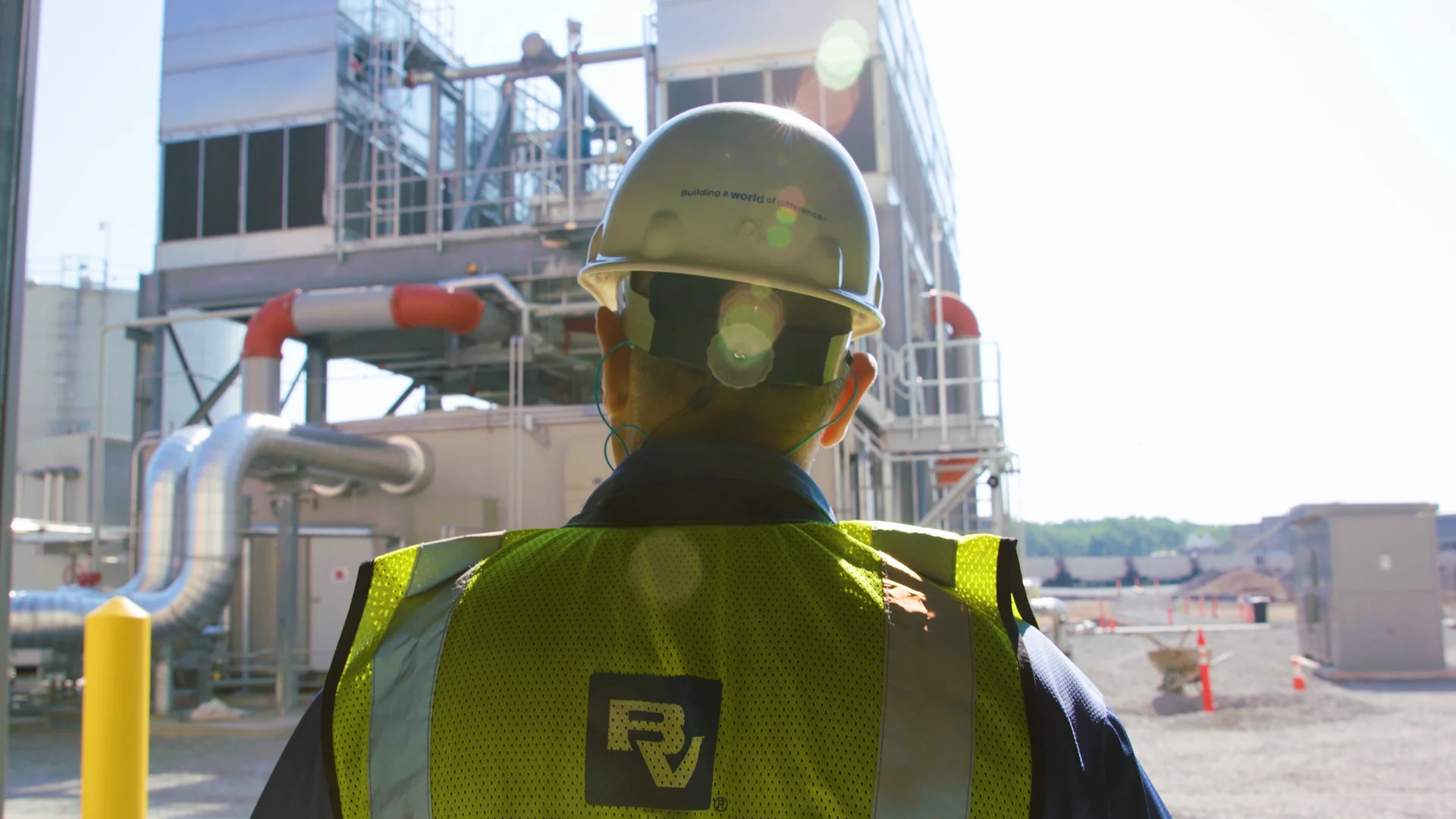Governing Contentious Waters
Governing Contentious Waters
The Colorado River is governed under a set of agreements, acts, treaties, court decisions, and regulatory guidelines collectively called the Law of the River.


Agreements that govern facility operations and management of the river’s water are scheduled to expire at the end of 2026. The expiration of these agreements arrives at a time when the river is overused, over-allocated, diminished in supply, stressed by ever-growing demand, and imperiled by climate change.
In addressing these challenges, the agreements to come post-2026 will forge the futures of businesses, ecosystems, and the 40 million people that rely on the river’s water for survival.
The scope of those agreements is taking shape under the guidance of the U.S. Bureau of Reclamation. To provide expert context and insight to the deliberations already underway, the American Water Works Association (AWWA) has organized stakeholder sessions with support from Black & Veatch. The series has featured water leaders representing agricultural, municipal, tribal, utility, legal, financial, environmental, business, and infrastructure interests at the heart of the upcoming agreements.
Emerging from the AWWA sessions is a vision for a sustainable Colorado River. The vision is built on three pillars: conservation, the creation of new supplies, and the establishment of a new era of collaboration among water providers and users.
From its headwater in Colorado’s Never Summer mountains, the Colorado flows southwesterly through seven states, tribal lands, and 11 national parks and monuments.
It is iconic, at the heart of the natural marvel that is the Grand Canyon and engineered marvel that is Hoover Dam forming Lead Mead.
It is a lifeline, draining a 260,000 square-mile basin that covers approximately 8% of the continental U.S., and providing 16.5 million acre-feet of water per year that fuels an annual economy totaling $1.4 trillion.
It is overburdened. After a 1,450-mile journey, the river flows to a stop in Mexico. Once, it emptied into the Gulf of California. Now, its terminating delta is desert. Despite the river’s span and volume, and despite the efforts to maximize its supply, water scarcity and insecurity are an existential threat to the U.S. West.
In terms used to justify support for certain financial institutions, the Colorado River is too big and too vital to be allowed to fail. It is why bringing key stakeholders together to deliberate and find solutions to the river’s future management is one of the country’s greatest planning challenges.
Agreements that are set to expire in 2026 include interim guidelines for lower basin shortages, interim guidelines involving the operations of Lake Powell and Lake Mead, drought contingency plans, and agreements between the U.S. and Mexico. The US Bureau of Reclamation has embarked on a “thorough, inclusive, and science-based decision-making process” to address the challenging conditions facing the Colorado River as well as the intricacies of its post-2026 operation.
Governing Contentious Waters
The Colorado River is governed under a set of agreements, acts, treaties, court decisions, and regulatory guidelines collectively called the Law of the River.

The essence of the governance is that water cannot be owned. Instead, rights to it are allocated and distributed.
The Colorado River Compact of 1922 is the cornerstone of the Law of the River. It segmented the basin by upper and lower states and specified the allocation of the water among them. Interpretation of this allocation has been adjudicated multiple times.
Distributing the water, the Law of the River follows the doctrines of prior appropriation and beneficial use. Prior appropriation determines water rights based on the timing, place, and purpose of use. First or older claims get senior rights. Once an appropriator uses the water for a beneficial purpose – such as for irrigation, livestock, crops, manufacturing, drinking water, wildlife, recreation – the right becomes perfected. It is legally protected.
Having rights does not equate with having water. In fact, water right quantities exceed the available water in the Colorado River basin.
About 70% of the Colorado’s water is used for agriculture. Additionally, more than half of the cropland and water in the river’s basin is used to feed cattle and horses.
Managing the river’s limited water supply is made more complex by climate change.
Learn more at “The Hardest-Working River in the West” by the Babbitt Center for Land and Water Policy.
In parallel with the work of the Bureau of Reclamation, the goal: Bring industry leaders together to cultivate win-win solutions.
The AWWA/Black & Veatch sessions have included:
Solutions and Strategies in the Age of Increasing Water Scarcity
Roundtable Participants: Arizona Water Infrastructure Finance Authority, Denver Water, California State Water Contractors, Central Arizona Project, City of Phoenix, Colorado River Board of California, Colorado Water Conservation Board, Cheyenne Board of Public Utilities, Coachella Valley Water District, Imperial Irrigation District, Irvine Ranch Water District, Metropolitan Water District of Southern California, Upper Colorado River Commission, U.S. Bureau of Reclamation Session
Saving the Oasis: Strategies for a Resilient Colorado River
Speakers: Michael Cohen, Pacific Institute; Kathryn Sorensen, Kyl Center for Water Policy at Morrison Institute; Amy Haas, Colorado River Authority of Utah; Dan Denham, San Diego County Water Authority; James Schlaman, Black & Veatch
